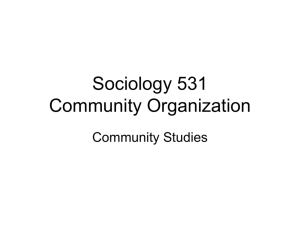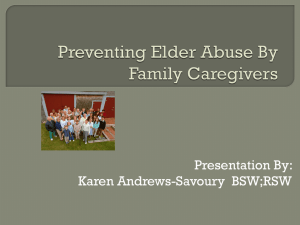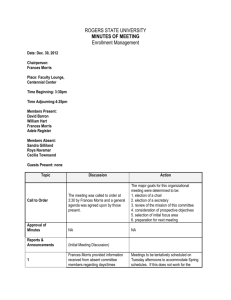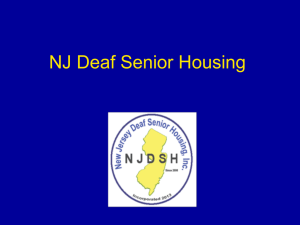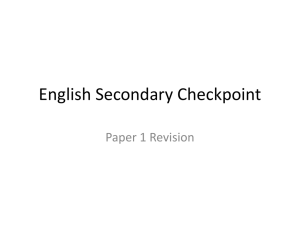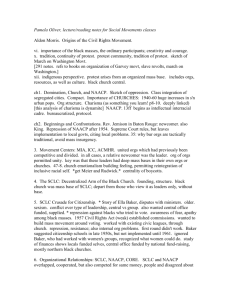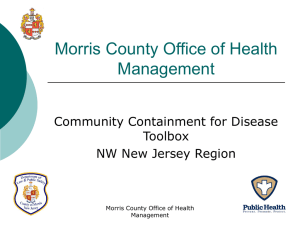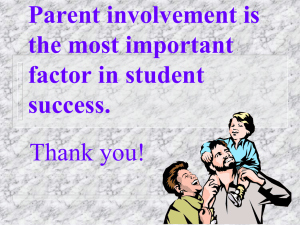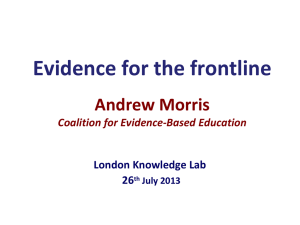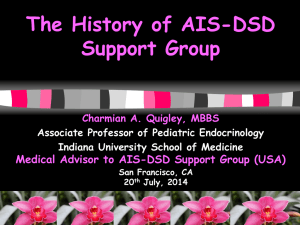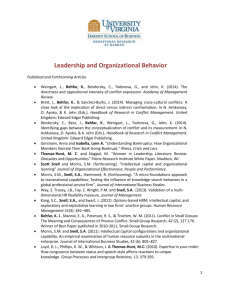SOC 531\Aldon Morris
advertisement
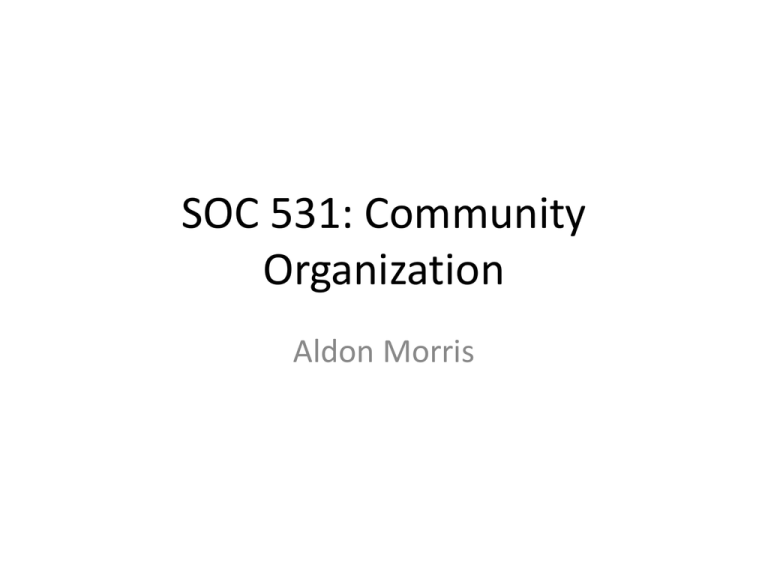
SOC 531: Community Organization Aldon Morris Aldon Morris and Community Studies • My goal is to locate Morris’ analysis of the Civil Rights Movement – In community studies – In political sociology • How does Morris’ “indigenous approach” explain how the black community succeeded in challenging Jim Crow? Morris on community • How does Morris inform our analysis of community? – the death of community? – Urban ecology? – Community politics • • • • Pluralism Conflict/ruling elite theory Historical/comparative Growth machine • How does this inform political sociology? Morris on community (cont.) • Unlike case studies of 1920s-1950s – Multiple communities – Focused on blacks – Focused on organizational level of analysis • Members of community organizations • Philosophy of organizations/leaders • Tactics of organizations Morris on community (cont.) • Methodology: Oral history – Insider approach – Extensive, open-ended interviews with leaders of various organizations – “value free”? – “objective”? – Generalize-able? Morris on community (cont.) • Literature on community – Morris describes “tripartite system of domination” • Economic political, and personal domination • In rural and urban South (p. 1) – Urbanization did not mark the death of community, but it did affect the tripartite system Morris on community (cont.) – Segregation facilitated institution building in the urban South (p. 3) – Black community was physically segregated • Not really in competition with whites, given Jim Crow system • In many ways the black community was like what conservatives viewed as the natural community – Homogeneous racially – Rooted in cultural institutions - Church - Family - School Morris on community (cont.) – But Morris argues that segregation actually fostered the development of these cultural institutions – Urbanization and Segregation actually facilitated opposition to Jim Crow law • • • • Provided the networks Provided the resources Provided the leadership Provided the organization Morris and Community Politics • Tripartite system: a network of political, economic, and cultural elites – But there were divisions within the white community (pp. 255, 270: Birmingham) – There were divisions within the black community (p. 42) – Cross-cutting solidarities? Civil Rights Movement • “Routine” legal challenge of NAACP, both local and national (chapter 2) • “local movement centers” mobilized direct action campaigns – Organization of organizations (pp. 44-5) – Used newcomers to avoid disunity (pp. 43-4) • Local centers provided base for regional organization of SCLC (chapter 4) Civil Rights Movement • SCLC and black churches (chapter 4) • Collective action building organization (chapter 5): movement centers (p. 100) • National organization: competition and cooperation (chapter 6, p. 122, 128) • Movement halfway houses (p. 139): resource centers for leadership training Direct Action • Direct action in 1950s: sit-ins (pp. 188-94 – Connected – Personal and organizational ties – Planned by local leaders – Using local resources • These provided local bases for 1960s Mass Disruption Mass Disruption • No mass uprising in 50s – CORE and NAACP Youth lacked mass base – SCLC had mass base but not well developed – Direct action not yet established strategy (see Tilly on repertoires) • Student sit-ins of 1960s – Strengthened Civil Rights Movement – Created SNCC – Inspired white student movement SNCC vs. SCLC • Black schools base for sit-ins and SNCC (paralleled churches and SCLC) • Differences in organization and leadership – Ella Baker vs. Martin Luther King (pp. 102-4) – Sexism, ageism, homophobia (pp. 114-5) – Decentralized, local leadership, less formal organization (pp. 218-9) in SNCC – SNCC was model for SDS Failure in Albany, GA • SNCC vs. SCLC rivalry (pp. 243, 248) • MLK’s conservative position: unwillling to defy federal judge (p. 247) • Poor planning, diffuse goals and vague tactics (pp. 248-9) • Unity and tactics of “white power structure” (pp. 249-50) Success in Birmingham • • • • Black unity: co-opt SNCC leadership (p. 254) Careful planning (pp. 257-262) Mass meetings at churches (pp. 256-7) Economic boycott and demonstrations – Disrupt business as usual – Divide and conquer business and political elites – Generate powerful media images Lessons for Political Sociology • Not irrational/collective behavior (Smelser) • Not dependent on Northern resources and conscience constituents (McCarthy and Zald) • Organizations not necessarily undermining protest (Piven and Cloward) • Indigeneous organizations and resources • Base for regional/national organization • Organizational division of labor Lessons for Community Studies • Role of religion in black community • Community as collective action • Effect of urbanization on community – Death of community? – Creation of black protest community
